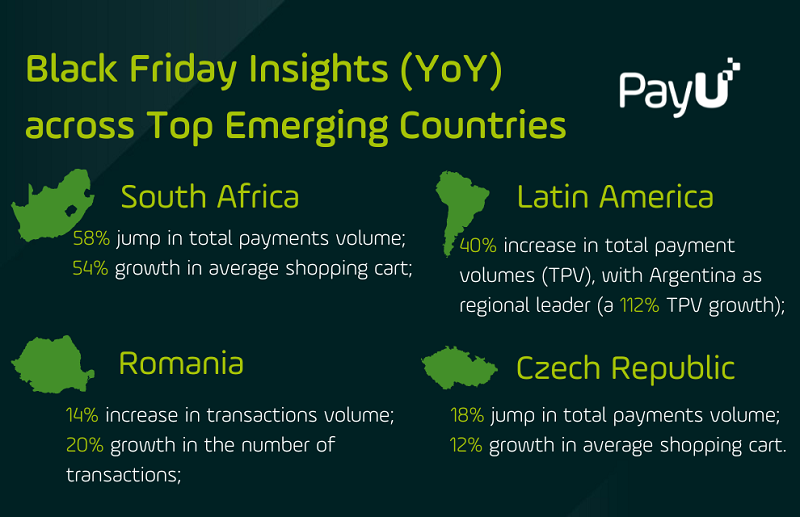15/12/2022
Looking ahead: the Christmas shopping season
There is still a goldmine of sales opportunities in December that online merchants can leverage to increase their online revenues. In fact, this year, despite global uncertainty, consumers are eager to get into the holiday spirit.
According to an Ipsos study carried out across 12 countries, 85% of respondents feel excited about the end of year celebrations, with a third saying that they are even more excited than in 2021. What’s more, between November 1 and December 31, online shoppers globally are estimated to spend almost USD 210 billion on holiday shopping only.
Against this backdrop, which are some key takeaways that merchants should keep in mind for the Christmas shopping season?
Flexible payment methods
For a successful holiday sales season, merchants must consider how preferences are changing with the wider macroeconomic environment. Amid the rising cost of living, Buy Now Pay Later (BNPL), instalment payments, and other alternative credit products are becoming an increasingly powerful part of the e-commerce landscape, particularly in emerging markets. In South Africa for example, during Black Friday BNPL saw a 255% growth since last year, cementing itself as a valuable option for consumers.
Frictionless, localised checkout experiences
Customers will continue to prioritise purchases from merchants that are equipped with the right payment mix and offer streamlined checkout journeys.
Therefore, merchants should always provide payment methods that online customers prefer and enable the local currencies in which consumers are used to pay. By offering a range of relevant global and popular local payment methods including BNPL, digital wallets, and other alternative payment methods, business leaders can improve conversions in local markets and successfully expand beyond geographical limitations.
Seamless and fast delivery process
Additionally, the delivery processes play a key role, so deals such as free shipping and rapid delivery are effective at making merchants stand out from their competitors by shipping the right product to the right customer on time. Compared to last years, consumers expect to see at checkout multiple delivery options that will offer them a cost and time flexibility of either picking up their delivery at a certain nearby-home location, or even picking it up in store. The more options, the higher consumer interest in successfully completing a purchase.
Address cart abandonment issues
In 2022, the shopping cart abandonment rate across all e-commerce industries was 69.9%, according to research by the Baymard Institute. Unexpected costs, such as shipping costs were the top reason for cart abandonment during checkout for 48% US online shoppers.
The closer we get to Christmas, this rate could spike even higher, especially once customers find out their item won’t arrive before Christmas or their preferred payment method is not available at checkout. Alongside with a streamlined delivery, transparency on when the products will arrive at destination, as well as open communication on any expected delays, together with a clear refund policy are key in unifying the bridge between a one-time shopper and a returning customer.
Online fraud and security
In the e-commerce space, the Black Friday and Christmas-related boom also brings hackers and data breaches onto the scene. That’s why online merchants should find the right partner that can help them address the challenge of keeping fraudsters out, securing the checkout process, protecting buyer data as best as possible, and thus enabling a smooth payment process.
On the consumer side, with the cost of living rising, concerns related to payments fraud are higher than ever, with overall increased expectations for a more secure online buying experience. And rightfully so: a recent study on digital payment fraud in high growth markets found that 90% of respondents (business decision makers) experienced an increase in online fraud over the past 12 months.
The power of data
Technology (and analytics in particular) has advanced to a point where gaining real-time insights to unlock value from data is no longer impossible. Merchants need to use payments data to gain greater visibility and insights into consumer payments preferences and online shopping behaviour across markets.
Understanding how customers navigate around the merchant website, what products interest them or what types of discounts encourage them to make the purchase can significantly help brands deliver personalized digital services and experiences, while also increasing conversions and enabling new revenue streams.
 Payment Solutions
Payment Solutions Services
Services Credit
Credit Resources
Resources About PayU GPO
About PayU GPO














